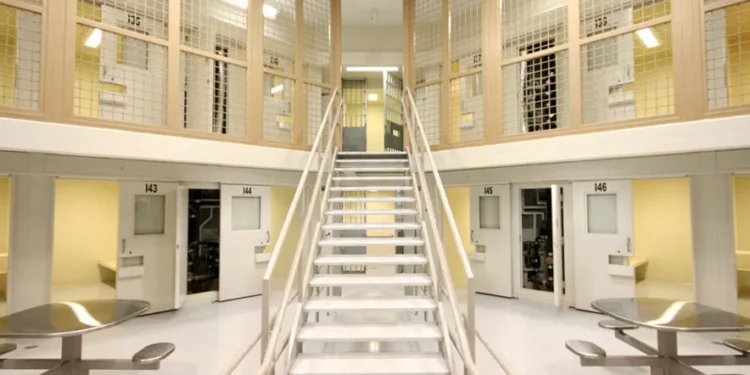Last Updated on October 21, 2024 by Flavia Calina
People often picture guards and surveillance cameras when they think of security in modern facilities. However, there’s much more happening behind the scenes, thanks to advancements in detention equipment. While these tools may not be as visible as human personnel, they are quietly playing a critical role in maintaining order and security. Let’s look at how this equipment reshapes today’s facilities’ safety landscape.
Advanced Locking Mechanisms for Seamless Security
Locking systems have advanced greatly from traditional keys and padlocks. Today, detention equipment includes advanced locking mechanisms that provide seamless, automated security. These systems are designed to integrate effortlessly into facility operations, reducing the risk of human error while increasing overall efficiency. These mechanisms ensure that only authorized personnel can access certain areas through keyless entry systems, biometric access, or remote-controlled locks.
The precision and reliability of these modern locking systems also mean fewer malfunctions. Facilities can now maintain stricter control over entry and exit points without worrying about compromised manual locks. This innovation enhances security and improves the overall workflow within high-security environments, making the process of managing who goes where much smoother and safer.
Modular Cell Designs Elevating Safety Standards
Modular cell designs redefine how security and safety are approached within detention facilities. These designs allow for the construction of more adaptable cells to different security needs, ensuring that staff and inmates remain safe. Each module can be customized, providing enhanced flexibility in design, making it easier to modify or expand the facility without large-scale construction projects.
By incorporating modular cell designs, detention facilities can better control inmate movement and minimize risks. These units have reinforced walls and advanced ventilation systems to prevent tampering or escape attempts. The result is a more controlled environment where the safety of both inmates and staff is prioritized, while still maintaining humane living conditions.
Tamper-Proof Materials Making Vulnerabilities Disappear
One key innovation in detention equipment is the use of tamper-proof materials. These materials are designed to resist any attempt to alter, remove, or bypass them, ensuring that vulnerabilities in the facility’s structure are minimized. Everything from cell walls to windows and doors can now be constructed with these highly durable materials, making it nearly impossible for anyone to manipulate them.
This focus on tamper-proof materials reduces the risk of security breaches and protects against potential threats. Inmates cannot exploit weak points in the facility’s infrastructure, and staff can feel more confident in the overall security of their environment. As a result, these materials play a crucial role in maintaining a secure and stable atmosphere within the facility.
Surveillance Innovations Creating Invisible Boundaries
Surveillance technology has made significant strides, and modern detention equipment now includes highly advanced systems that create invisible boundaries within facilities. High-definition cameras with panoramic views, thermal imaging, and motion sensors have taken security to the next level. These innovations allow security teams to monitor large areas of the facility without leaving blind spots, ensuring that every corner is under constant watch.
These surveillance systems are even more effective because they integrate with other technologies, such as facial recognition or behavioral analysis software. This helps security personnel observe activity and predict potential incidents before they occur. As a result, the facility is equipped with a more proactive approach to security, allowing staff to respond to threats faster and more efficiently.
Integrated Control Systems Streamlining Facility Management
Another major advancement in detention equipment is the development of integrated control systems that streamline facility management. These systems combine all the various elements of a facility’s security, from locking mechanisms to surveillance, into a single platform. This makes it easier for staff to manage operations and monitor multiple aspects of the facility simultaneously.
With the push of a button, security personnel can control access to different areas. Monitor live surveillance feeds and even trigger alarms if necessary. This centralized approach simplifies day-to-day operations and enhances the response time to security incidents. Ensuring that issues are addressed quickly and effectively.
Noise-Reducing Barriers Enhancing Peaceful Environments
While security is the top priority, a calm and peaceful environment cannot be overlooked. Noise-reducing barriers, an often-overlooked aspect of detention equipment, are essential in creating a more controlled and tranquil atmosphere. These barriers help to minimize the disruptive sounds that can contribute to tension and unrest within the facility.
By reducing noise levels, these barriers improve communication between staff and reduce the likelihood of misunderstandings or conflicts among inmates. This quieter environment fosters a sense of order. Making it easier for security personnel to maintain control while providing a more humane setting for inmates. It’s a simple but highly effective tool for improving the overall atmosphere in detention facilities.










